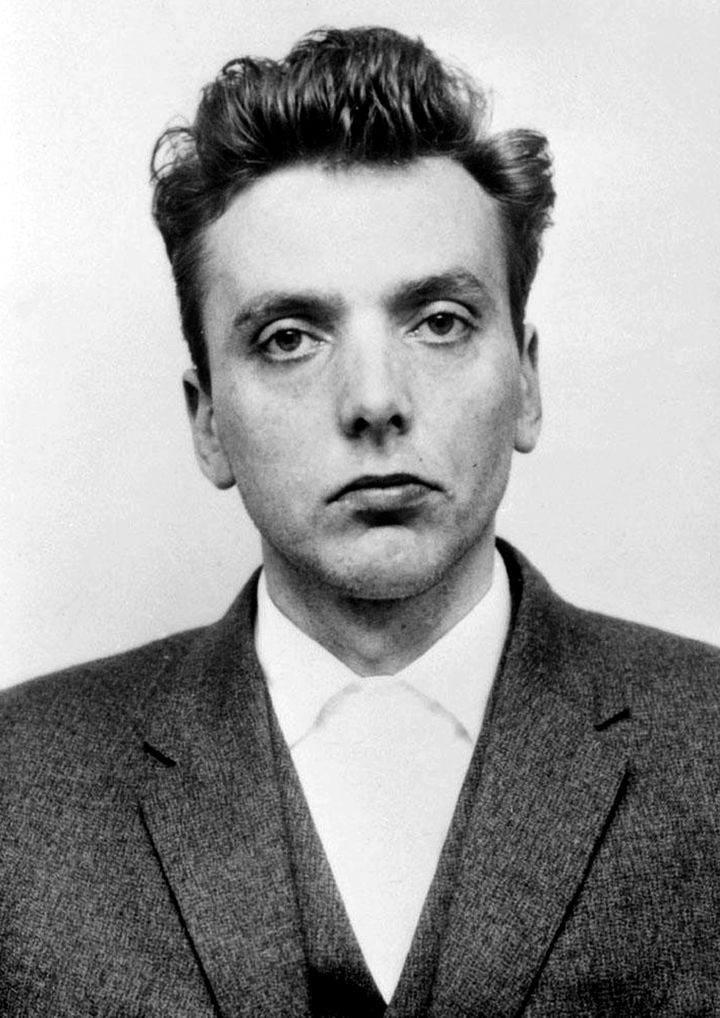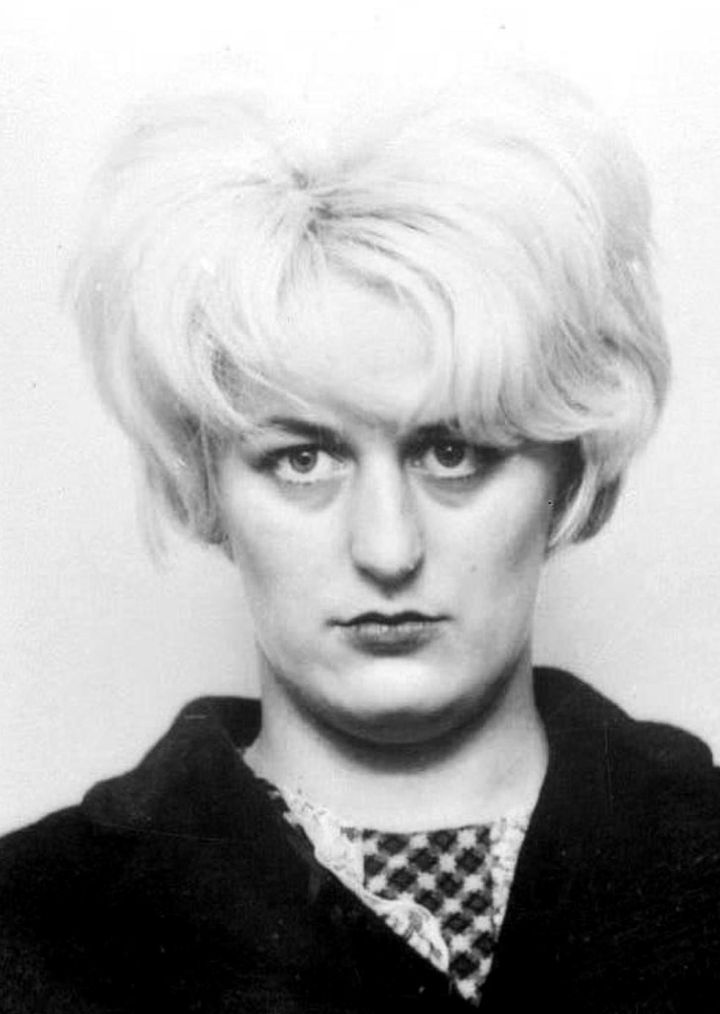Moors Murderer Ian Brady’s body must be disposed of with “no music and no ceremony”, a judge at the High Court in London has ruled.
The order, which effectively denied Brady of his last request, was made in London on Friday by the Chancellor of the High Court Sir Geoffrey Vos.
Sir Vos said it was clear that Brady was someone described by law lord Lord Steyn as “uniquely evil” and there was real and genuine public anger and distress about what might happen to his remains.

The families of his victims might well be legitimately offended by an insensitive disposal and there was a public interest in ensuring it did not create unrest or disorder, he added.
Brady, who used the name Ian Stewart-Brady, died aged 79 at high security Ashworth Hospital on 15 May this year, but his remains have not yet been disposed of.
Shortly after his death it was announced by senior coroner for Sefton Christopher Sumner that Brady’s body would not be released until assurances had been given that his ashes would not be scattered on Saddleworth Moor - where some of his victims were buried.
Brady’s executor, Robin Makin, has said there was “no likelihood” that Brady’s ashes would be spread there, but has refused to say what he intends to do with them if allowed custody.

The judge, who made it clear that he had no doubt that Makin could be trusted, said that the whole matter had “simply gone on far too long”.
He was satisfied that it was “both necessary and expedient” for it to be taken out of Makin’s hands, if the body was to be disposed of “quickly, lawfully and decently”.
He said: “Taking into account all the competing positions, the overwhelming factor in this case is the public interest. The deceased’s wishes are relevant, but they do not outweigh the need to avoid justified public indignation and actual unrest.”
An officer of Tameside Metropolitan Borough Council had said she would arrange the disposal of the ashes and he was satisfied that was the best proposal available.
In the public redacted version of his judgment, the judge concluded: “I will therefore direct under Section 116 that (REDACTED) shall be appointed as administrator of the estate of the deceased for the limited purpose of disposing of the body of the deceased in the following manner.
“I also direct under the inherent jurisdiction of the court and under Section 116 that (REDACTED) as administrator shall be responsible for ensuring that the body of the deceased is disposed of in the following manner: (REDACTED).”
The judge refused to allow the playing of the fifth movement of Hector Berlioz’s Symphonie Fantastique – Dream of the Night of the Sabbath – during the cremation as Makin requested.
He said: “I have no difficulty in understanding how legitimate offence would be caused to the families of the deceased’s victims once it became known that this movement had been played at his cremation. I decline to permit it.
“It was not suggested by Mr Makin that the deceased had requested any other music to be played or any other ceremony to be performed, and in those circumstances, I propose to direct that there be no music and no ceremony.”
Brady and Myra Hindley, who died in prison in 2002, tortured and murdered five children in the 1960s. Four of the victims were buried on Saddleworth Moor in the south Pennines.
Pauline Reade, 16, disappeared on her way to a disco on July 12, 1963 and John Kilbride, 12, was snatched in November the same year. Keith Bennett was taken after he left home to visit his grandmother; Lesley Ann Downey, 10, was lured away from a funfair on Boxing Day, 1964; and Edward Evans, 17, was killed in October 1965.
Keith’s body has never been found, despite exhaustive searches of the barren landscape by the police, army and even using a US spy satellite.
Brady was jailed for three murders in 1966. He and Hindley later confessed to another two murders.
